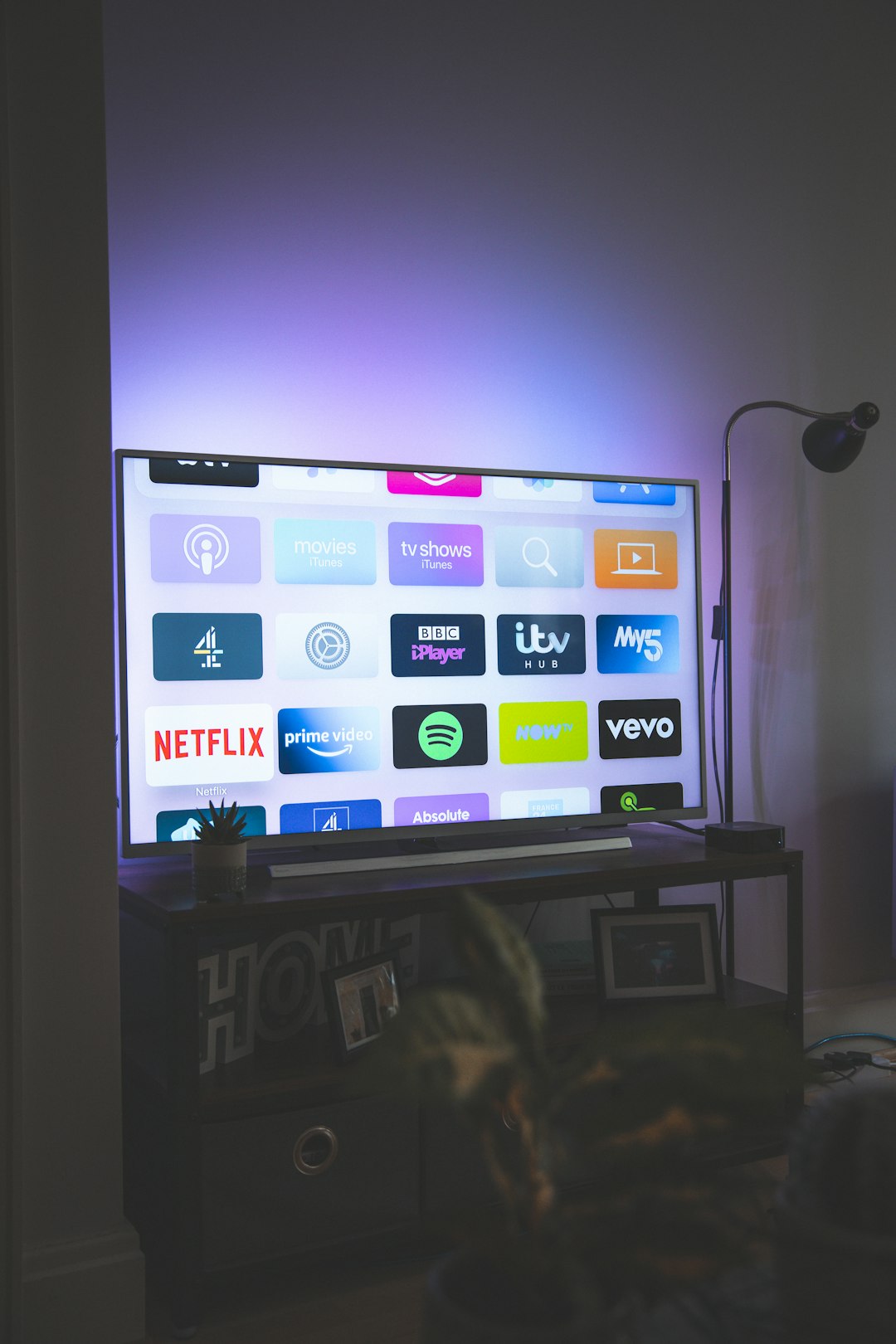
Many viewers encounter closed captions (CC) and subtitles when watching movies, TV shows, or videos. While they often appear similar on screen—as text at the bottom—they serve distinct purposes and are created with different audiences in mind. Understanding the difference between the two can enhance accessibility, improve user experience, and ensure proper use in various viewing contexts.
Understanding Closed Captions
Closed captions are designed primarily for individuals who are deaf or hard of hearing. In addition to the spoken dialogue, closed captions include all relevant audio information, such as:
- Background noises (e.g., door slamming, dog barking)
- Sound effects (e.g., thunder clapping, sirens wailing)
- Speaker identification when multiple voices are present
- Music lyrics or descriptions (e.g., “melancholy music playing”)
Closed captions can typically be turned on or off using the settings on a TV or video player. This toggleability is why they are referred to as “closed” captions. Notably, they are carefully synchronized with the audio to represent timing, tone, and delivery accurately.

What Are Subtitles?
Subtitles, on the other hand, are primarily intended for viewers who can hear but do not understand the language being spoken. For this reason, subtitles typically translate the dialogue spoken by the characters into another language. However, they do not include non-verbal audio cues or descriptions of background sounds.
There are also “same-language subtitles”, often used in educational settings to improve literacy, language comprehension, or to aid non-native speakers in understanding spoken dialogue. These subtitles transcribe the spoken words without translating them.
Subtitles may or may not be optional, depending on the format of the media and how the subtitles are integrated into the video. In some cases, they are “open” or “burned-in,” meaning the text is permanently embedded in the video stream and cannot be turned off.
Key Differences at a Glance
To better understand the distinction between closed captions and subtitles, consider the following comparison:
| Feature | Closed Captions | Subtitles |
|---|---|---|
| Purpose | Accessibility for the deaf or hard of hearing | Translation or transcription of dialogue |
| Audio cues included? | Yes | No |
| Toggleable? | Yes (usually) | Sometimes |
| Language | Same as spoken dialogue | Translated or same language |
Why the Distinction Matters
The distinction between closed captions and subtitles is not merely semantic—it has real implications for content accessibility, regulatory compliance, and audience reach.
- Accessibility: Many countries mandate closed captions on public broadcasts to accommodate those with hearing impairments. Using only subtitles may leave these audiences without key information.
- Localization: For international markets, subtitles are critical for translating content efficiently. However, they are not a replacement for captions where accessibility is required.
- User Experience: Mislabelling subtitles as captions (or vice versa) can confuse users and degrade the viewing experience, especially for vulnerable audiences.

Technological and Regulatory Considerations
As media distribution becomes more global and digital, the need for correctly implemented captions and subtitles grows. Platforms such as YouTube, Netflix, and others invest in advanced captioning systems that make use of AI, but human oversight is still essential for accuracy and inclusivity.
In the United States, the Federal Communications Commission (FCC) has established regulations that define minimum quality standards for closed captions. These include accuracy, timing, and placement. Content producers who do not comply risk penalties or being inaccessible to a significant portion of their audience.
Conclusion
While they may appear visually similar, closed captions and subtitles fulfill very different roles in media consumption. Closed captions enhance accessibility for those who are hard of hearing by including audio cues, while subtitles bridge language divides for international or non-native viewers. Recognizing and correctly using each can ensure content is both inclusive and globally accessible.
As technology continues to evolve, the importance of inclusive design and accurate audiovisual translation will only grow. Professionals in media creation, education, and broadcasting should stay informed and diligent in applying these essential tools responsibly.






